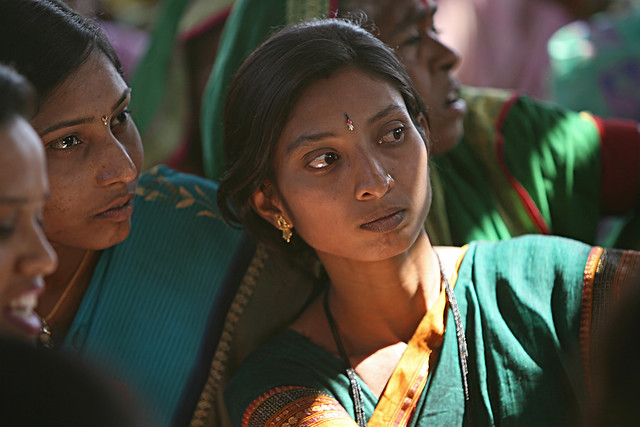AT A GLANCE
India is one of the fastest growing economies of the world and is poised to continue on this path, with aspirations to reach high middle income status by 2047, the centenary of Indian independence. It is also committed to ensuring that its continued growth path is equipped to deal with the challenges of climate change, and in line with its goal of achieving net-zero emissions by 2070.
The growth of the past two decades has also led to India making remarkable progress in reducing extreme poverty. Between 2011 and 2019, the country is estimated to have halved the share of the population living in extreme poverty - below $2.15 per person per day (2017 PPP) (新澳彩开奖 Poverty and Inequality Portal and Macro Poverty Outlook, Spring 2023). In recent years, however, the pace of poverty reduction has slowed especially during the COVID-19 pandemic, but has since moderated in 2021-22.
Certain challenges persist. Inequality in consumption continues, with a Gini index of around 35 over the past two decades. Child malnutrition has remained high, with 35.5 percent of children under the age of 5 years being stunted, with the figure rising to 67 percent for children in the 6-59 months age group. Headline employment indicators have improved since 2020 but concerns remain about the quality of jobs created and the real growth in wages, as well as around the low participation of women in the laborforce.
India’s aspiration to achieve high income status by 2047 will need to be realized through a climate-resilient growth process that delivers broad-based gains to the bottom half of the population. Growth-oriented reforms will need to be accompanied by an expansion in good jobs that keeps pace with the number of labor market entrants. At the same time, gaps in economic participation will need to be addressed, including by bringing more women into the workforce.
新澳彩开奖 is partnering with the government in this effort by helping strengthen policies, institutions, and investments to create a better future for the country and its people through green, resilient, and inclusive development.
Economic Outlook
Despite challenging global conditions, India remains the world’s fastest growing major economy, growing at a rapid clip of 8.2 percent in FY23/24.
Growth was spurred by public investment in infrastructure and rising household investments in real estate. A buoyant manufacturing sector grew by 9.9 percent, while services remained resilient, compensating for the underperformance in agriculture.
Government initiatives have sought to boost the manufacturing sector by improving the business environment, enhancing logistics infrastructure, improving tax efficiency and rationalizing tax rates.
Since the pandemic, urban unemployment has improved gradually, especially for female workers, falling from 14.3 percent in FY21/22 to 9 percent in FY24/25. Unemployment among urban youth, however, remained elevated at 16.8 percent in FY24/25.
With the narrowing of the current account deficit and strong foreign portfolio investment, foreign exchange reserves touched an all-time high of $670.1 billion in early August 2024.
In the medium term, growth is expected to remain positive, especially in the services sector, reaching 7 percent in FY24/25 and remaining strong through FY25/26 and FY26/27.
Trade will play a critical role in creating jobs and boosting growth
To boost growth and create jobs, India will need to harness its global trade potential. In addition to IT, business services and pharma, where it excels, India can diversify its export basket into more labor-intensive sectors such as textiles, apparel, and footwear, as well as in electronics and green technology products.
At present, however, the rising costs of production and declining productivity have led to a fall in India’s share of global apparel exports - from 4 percent in 2018 to 3 percent in 2022.
While India has taken a series of initiatives to reduce trade costs and increase its competitiveness – by formulating the National Logistics Policy and creating both physical and digital infrastructure - its return to protectionist measures, particularly in tariff and non-tariff barriers has impacted the country’s participation in international trade.
A three pronged approach - further reducing trade costs, lowering trade barriers, and deepening integration into global value chains - can help India achieve its ambitious target of $1 trillion for merchandise exports by 2030.
Greater openness to trade will, in turn, enhance India’s technological capabilities, improve productivity, spur growth, and build long-term economic resilience.
Last Updated: Sep 16, 2024





